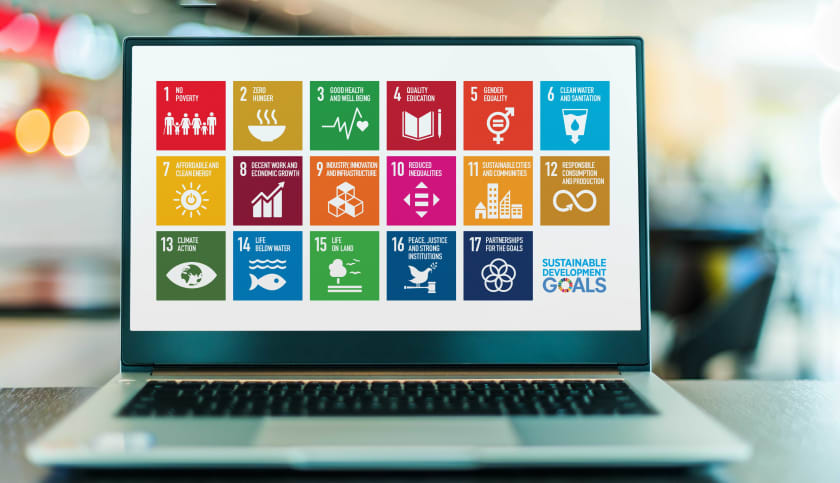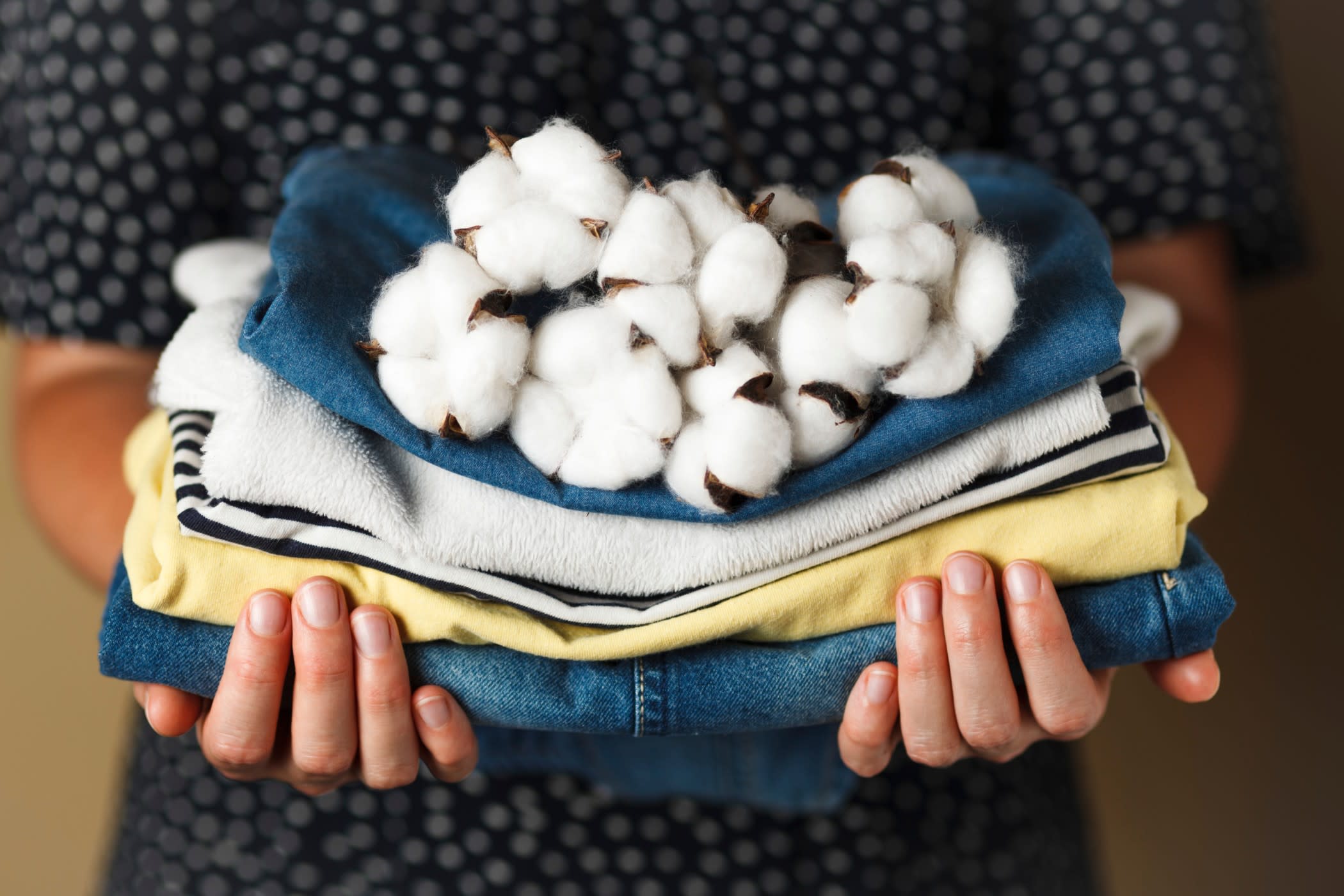Think Green Fashion, Adopt Global Sustainable Goals



Summary: The fashion industry is ever-growing and dynamic. At the same time, it is the fashion industry's unspoken responsibility to ensure that the industrial footprint on the planet is reduced and streamlined. To ensure the same, the UN came up with a list of 17 global goals to help guide industries better on how to strategize better for a greener future. In this article, we explore how the fashion industry can contribute to it.
The Global Goals or Sustainable Development Goals (SDGs), envisioned by United Nations General Assembly (UNGA) in 2015, serve as a road map for the way forward till 2030. Naturally, this would beg the question, What are these goals exactly?
Let us first start by understanding why exactly these goals are important. The older the world grows, the more care it demands—in terms of people, natural resources, climate, well-being, gender equality, pollution awareness and more. It is important to stick to these goals to reach a positive conclusive result with every citizen's participation.
On that note, let us digress to fashion, its footprint on the planet and how we can shadow certain goals to ensure a greener fashion industry in the years to come.
What are Global Goals?
The 17 Sustainable Development Goals (SDGs) are all interconnected. Of these, only certain goals will affect the future trajectory of fashion. Some of the big challenges that affect the world currently are, climate change, hunger, poverty, and more. The Global Goals were envisioned and agreed upon by member nations at UNGA to build a prosperous world by 2030, guided by green initiatives and fairer policies to ensure better living for all.
Why Should Fashion Be Cognizant of These Goals?

After the oil industry, the fashion industry becomes the largest contributor to pollution on earth. The surging trend of ‘fast fashion’ may be to blame.
Human dependence on and participation in the fashion industry are beyond question. At the same time, it is important to note that the fashion industry is responsible for 20% of the wastewater generated by the planet. In fact, 10% of global carbon dioxide output can trace its way back to fashion. Being responsible for a fifth of the 300 million tons of plastic produced globally each year, the fashion industry needs to pay attention to climate, consumption and production with responsibility, aquatic life, and fauna, besides an emphasis on clean water, inequality, clean energy and infrastructure and innovation.
What Can Fashion Businesses Do to Help Achieve Global Goals?
The fashion industry can help the United Nations reach these goals. Even though not all of them directly affect the fashion industry, both fashion brands and consumers can take action to reach these sustainability goals by 2030. Here's a quick look at how these goals connect and what the fashion industry can do to achieve them.
Goals 5, 8, and 10: Equal pay for men and women, decent work, and economic growth, with less inequality.

When one thinks of "fast fashion," one usually thinks about the fabrics that are used to make the clothes. Sustainable fashion is about both "slow" and "ethical" fashion.
Every year, the volume of the clothing business is growing. Since most fashion brands choose to have their clothes made in developing countries, they often don't know how much the people (who are mostly women) who make their clothes get paid. Most of these workers have to work in bad conditions and make much less than they need to live decently.
Fashion businesses can make sure that they have a complete insight into their manufacturing units and ensure that their workers are paid equally and fairly.
Goal 12: Responsible Consumption and Production
With more people seeking the newest clothes and trends, brands are making more clothes than ever before. No longer do brands only put out one collection per season. To keep up with social media trends, high-street brands have been known to put out more than 20 collections in a year.
The industry can make a promise to stop making too many clothes and instead make fewer clothes that meet demand and quality standards and don't go to waste. For this change to happen in the industry, brands must spread awareness to their consumers and present them with a sustainable and lucrative alternative.
Goal 13: Climate Change
Climate change is one of the most important goals of the fashion industry. A large part of CO2 pollution stems from the manufacture of clothes, especially jeans and T-shirts.
It's time for the industry to come up with new ideas and find ways to lower CO2 emissions that are good for the environment and can be used in supply chains. Tools like Wet Electrostatic Precipitators and Gas Phase Filters should be considered to cut down emissions at the source.
Way Forward

Learning how the fashion industry can help achieve the Sustainable Development Goals is a big step toward changing the textile industry. Use the SDGs as a map to improve your processes and get started on the road to sustainability.
Key Takeaway
- The fashion industry is responsible for 10% of global CO2 output.
- Fashion is responsible for a fifth of the 300 million tons of plastic produced globally each year.
- 20% of the wastewater generated by the planet can be traced back to the fashion industry.
Not only can Fashinza help you connect with manufacturers who are conscious about the environment, but we can also guide you on how to meet your Global Goals!
Partner with Fashinza.



















